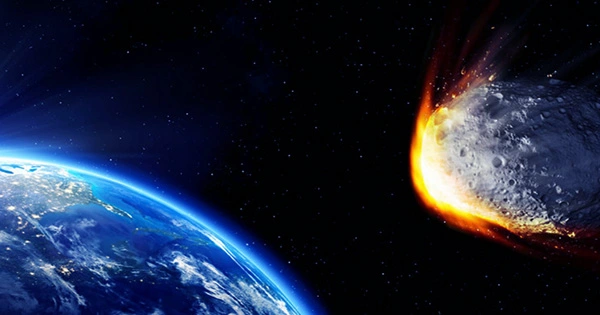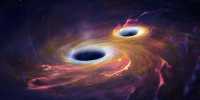According to recently released US government data, a minor meteor that flew through the sky of Papua New Guinea in 2014 was a visitor from another star system, making it the first known interstellar meteor – and our first known interstellar visitor. We had our first verified interstellar visitor in 2017. The object, known as ‘Oumuamua,’ was discovered moving through our Solar System, perhaps from a star 200 light-years away. ‘Oumuamua (pronounced oh-MOO-a-MOO-a) was so unusual that it sparked a lot of speculation: was it a comet, an asteroid, or an extraterrestrial spaceship?
Two years later, two scientists claimed they had discovered not just an earlier interstellar visitor, but also one that had collided with Earth in 2014. A document was created, but it couldn’t be validated since certain crucial information was absent — information that the US government considered classified. In a document sent this week, the US Space Command verified that “a previously-detected interstellar object was certainly an interstellar object.”
Scientists questioned the object’s origins for a year or two after it was discovered. While some scientists debated whether the object was a comet or an asteroid, others proposed more “fanciful” theories, such as it being a piece of dark matter or an extraterrestrial spaceship (spoiler: it wasn’t). Controversial One of the two scientists who discovered the 2014 interstellar meteor was Harvard astrophysicist Avi Loeb, who has authored a dizzying number of papers on ‘Oumuamua, including claims that it was a piece of light sail technology from a potential past galactic civilization and thus humanity’s first brush with an extraterrestrial artifact. In this case, it looks that he was correct.
‘Oumuamua,’ according to Loeb and co-author Amir Siraj, was preceded by another intergalactic wanderer that blasted into Earth’s atmosphere in 2014. In their 2019 publication, they noted, “One would expect a substantially larger abundance of smaller interstellar objects, with some impacting with Earth regularly enough to be apparent.” They combed through data documented in NASA’s Center for Near-Earth Object Studies (CNEOS) catalog, which documents and calculates asteroid and comet trajectories and their potential for Earth impact, to see whether any of these “smaller interstellar objects” have lately touched Earth (or at least flown past). An interstellar object must move extremely rapidly to escape the gravitational pull of its own star, thus they limited their search to the fastest objects known.
A fireball that burnt up in Earth’s atmosphere above Papua New Guinea at 3:05 a.m. local time on January 8, 2014 drew their attention. It was traveling at a speed of 216,000 kilometers per hour (134,000 miles per hour), much faster than the average meteor orbiting in the Solar System, implying that it was unbound from the Sun and very possibly “from the deep interior of a planetary system or a star in the Milky Way galaxy’s thick disk.” They claimed that the object’s speed and trajectory demonstrated without a shadow of a doubt that it came from beyond the Solar System.
Siraj and Loeb submitted their discovery manuscript to The Astrophysical Journal Letters, but the review process was halted owing to missing data that the US government had suppressed from the CNEOS database. Some of the sensors used to identify near-Earth objects are managed by the US Department of Defense, according to Becky Ferreira of VICE, who broke the story. As a result, Siraj and Loeb couldn’t validate their margin of error on the meteor’s speed. Siraj discovered the meteor had been certified by the US Space Command last week via a tweet from another scientist, after getting caught up in legal wrangling for over three years while chasing confirmation of that information.
The 1st of March message verifies “The velocity estimate provided to NASA is accurate enough to suggest an interstellar path.” Siraj told VICE that they plan to publish their original work in order to aid scientists in the discovery and investigation of other possible interstellar – and potentially extra-galactic – visitors. “Extra-galactic meteors will be considerably uncommon given how rare interplanetary meteors are,” Siraj told VICE. “But the reality of the issue is that we won’t find anything unless we seek for it in the future.”














